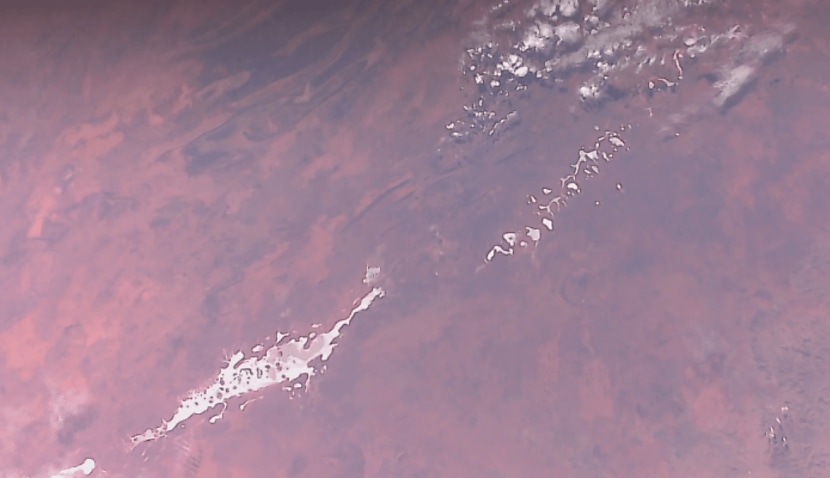
However, the image wasn’t taken from the spacecraft’s infrared camera, but a $50 mobile phone – integrated into the mission to help inspect the satellite.
SpIRIT launched in December last year and aims to search for gamma rays. The 11.5-kilogram device deploys solar panels and thermal radiators to search for the elusive phenomenon created when stars die or collide.
The project – known in full as the Space Industry Responsive Intelligent Thermal nanosatellite – is a unique collaboration with the Italian Space Agency, which has created the scientific instruments on board.
Four years in the making, its solar panels power the “selfie stick” camera, guidance systems, and a pioneering electric propulsion system created by Neumann Space.
It’s designed to fly in low-Earth orbit for two years in a polar (or sun-synchronous) orbit, travelling “vertically” from north to south but positioned so it always faces the sun at a similar angle.
When its mission is complete, SpIRIT will be placed in a safe mode and burn up on re-entry into the atmosphere.
The project is a significant moment for the local industry, given it’s also a collaboration between Inovor Technologies, Neumann Space, Sitael Australia, and Nova Systems. The Australian Space Agency supported the project with almost $7 million in grants.
Professor Michele Trenti, the SpIRIT mission’s principal investigator, appeared on the Space Connect Podcast earlier this year to discuss the project, which you can listen to below.
Enrico Palermo, head of the Australian Space Agency, previously said, “The SpIRIT mission, in partnership with the Italian Space Agency (ASI), demonstrates Australia’s ability to support scientific space missions that improve the understanding of our universe while advancing critical technology expertise in areas such as advanced manufacturing and artificial intelligence.”
The mission is the first Australian satellite to carry a foreign space agency’s scientific instrument, the Italian Space Agency’s HERMES X-ray detector, as its main payload.
It lifted off from Vandenberg Space Force Base in California, US, aboard a SpaceX Falcon 9 rocket on 2 December 2023 at 05:19am (AEDT) and has entered a polar orbit 513 kilometres above Earth.

Adam Thorn
Adam is a journalist who has worked for more than 40 prestigious media brands in the UK and Australia. Since 2005, his varied career has included stints as a reporter, copy editor, feature writer and editor for publications as diverse as Fleet Street newspaper The Sunday Times, fashion bible Jones, media and marketing website Mumbrella as well as lifestyle magazines such as GQ, Woman’s Weekly, Men’s Health and Loaded. He joined Momentum Media in early 2020 and currently writes for Australian Aviation and World of Aviation.
Receive the latest developments and updates on Australia’s space industry direct to your inbox. Subscribe today to Space Connect here.









